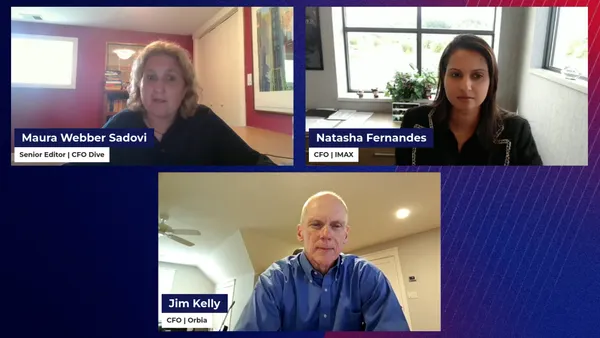The software-as-a-service (SaaS) business model continues to be a fast-growth leader, but other cloud-based services are poised to eclipse it as it matures, analyses show.
SaaS applications are expected to generate a highest-ever $105 billion in revenue this year, even as global technology spend dropped 8%, or about $300 billion, because of the pandemic, according to Gartner.
SaaS benefited from companies' pivot to cloud applications to accommodate remote working.
Even after workers return to the office, SaaS will continue growing because of the computing power and agility it can provide companies that otherwise couldn't afford it if they had to buy an on-premises or enterprise solution, Gartner says. Gartner predicts SaaS revenue to reach $121 billion next year and $141 billion in 2022.
For the five-year period between 2018 and 2022, SaaS will grow at a 12% annual rate, predicts software company BMC.
Mature concept
SaaS began in the 1960s as a cloud-based subscription service offered as a sideline by IBM and other mainframe computing companies. In the 1990s, Internet service providers (ISPs) offered a new iteration of the model by giving third-party software companies a cloud platform on which to make subscription services available.

Analysts typically date today's SaaS model to around 2012, when companies started developing and managing their own cloud subscription services. That was also the year Adobe launched its Creative Suite, widely considered a turning point for the business model.
By some estimates, almost 75% of businesses will be using all or mostly SaaS applications by next year. About 85% of small and mid-sized businesses (SMB) are already relying on it.
New generation of services
But other cloud-based subscription services are growing at a faster rate.
Between 2018 and 2022, cloud application infrastructure services, or platform-as-a-service (PaaS), will grow 17% and cloud system infrastructure services, or infrastructure-as-a-service (IaaS), will grow 18%, BMC estimates.
PaaS provides a way for businesses to develop their own apps and IaaS lets businesses deploy fundamental computing resources — storage, networking — without having to host their own operating system.
Another up-and-coming model is business process-as-a-service (BPaaS), but it's growing more slowly, about 5% annually, BMC estimates.
The slower growth of SaaS compared to some of these other models stems from its maturity; now that it's become widespread, novelty is wearing off and satisfaction is declining, if only by a little, according to a report by Computer Economics.
The report looks at SaaS adoption rate, investment rate, ROI success rate, TCO [total cost of ownership] success rate, and customer satisfaction and finds them all strong but weakening.
"We are now entering the consolidation phase for SaaS where companies are slowly replacing the last on-premises stalwarts in their portfolio," the report says. "These often consist of the most complex business systems where hidden expenses, complications due to data integration, and unforeseen business process issues arise."
Put another way, the low-hanging fruit has mostly been picked. "The applications with the strongest business case for SaaS have mostly been implemented."
Data privacy rules in the European Union can complicate SaaS adoption, too, because of requirements that data centers be local in some cases.
"There are regulatory and compliance issues around storing data in the cloud," the report says. "Data residency regulations in certain European Union countries can [require] the cloud provider [to] have data centers local to those geographies."
SaaS companies are also facing increased competition. An analysis by ProfitWell says SaaS companies typically competed against three other companies in 2012, when the business model in its current form was still new; by 2017, a SaaS startup could expect to face nine competitors in the same market segment.
By one estimate, just in the marketing space, the number of SaaS products increased from about 500 to 8,500.
Despite these growing pains, the SaaS model has proven to be resilient and, as the pandemic has shown, crucial for business continuity. So, while growth will likely slow, the model remains entrenched; it's how companies do business today.
"SaaS will continue to be the preferred primary deployment option for most applications," says David Wagner, senior director of research for Computer Economics. "But we do expect that IT organizations will take their time transitioning their remaining systems to SaaS as each new undertaking becomes more complex and the ROI is less obvious."












